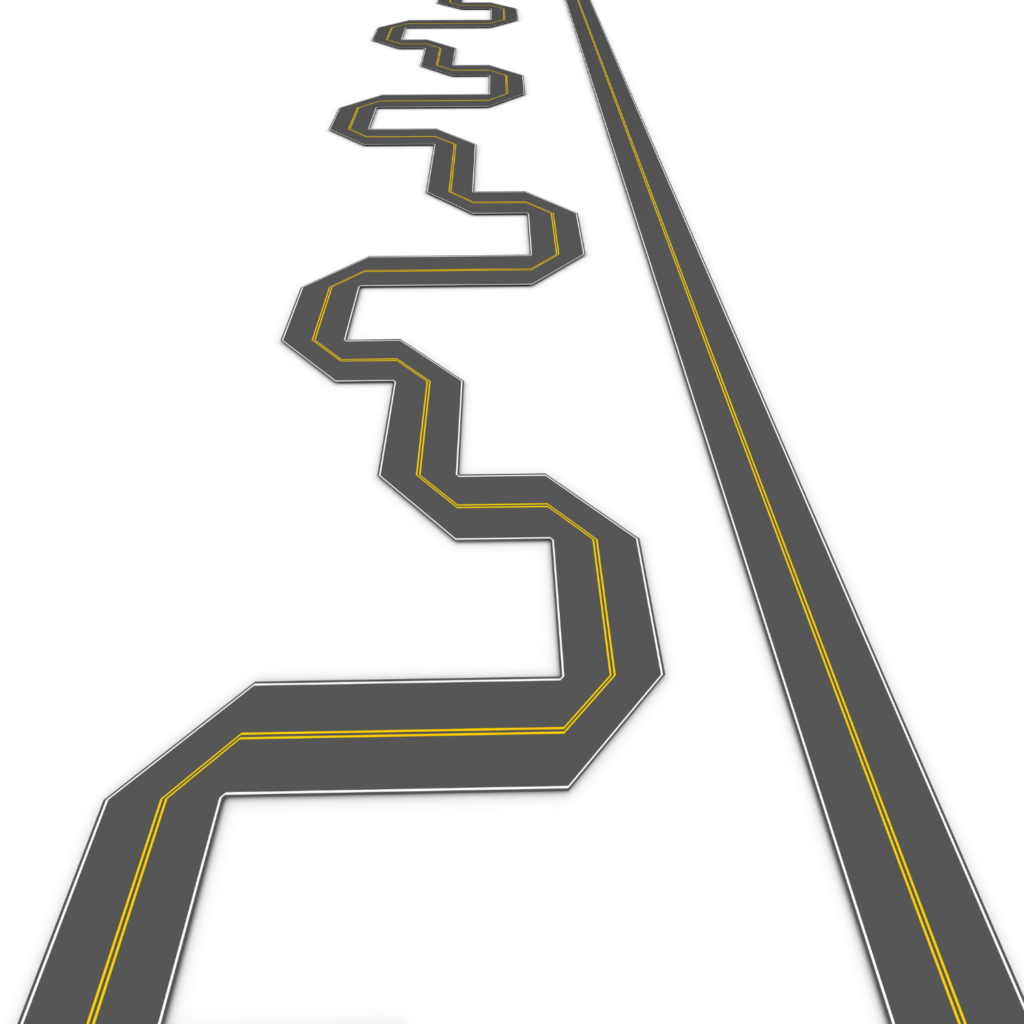
Have you ever wondered why some habits stick effortlessly while others feel like an uphill battle? Understanding the science behind habit formation can help you harness this powerful mechanism to create positive changes in your life. Habits, whether productive or destructive, are shaped by neurological processes that can work in your favor when you know how they function. In this post, we’ll break down the science of habit formation, exploring the processes behind it and offering insights on how to make positive habits last.
What Are Habits?
Habits are behaviors that start as conscious choices but become automatic through repetition. When an action is repeated enough times, our brain consolidates it into a habit, shifting it to a part of our mind that operates on autopilot. Once a habit is formed, it no longer requires active thought or effort—our brain defaults to it without conscious decision-making.
The Habit Loop: Cue, Routine, and Reward
Charles Duhigg, author of The Power of Habit, introduced the concept of the “habit loop,” which breaks down habits into three parts:
Cue
The trigger that initiates the habit. A cue can be anything from the time of day to an emotional state or environmental signal. For example, the sound of your alarm might be the cue to start your morning routine.

Routine
The behavior or action itself, the actual habit you’re performing. For instance, the action of making a cup of coffee right after you wake up.

Reward
The benefit you gain from the habit, which reinforces the loop. In this case, the pleasure and alertness you feel after drinking coffee.

By understanding the habit loop, you can start to analyze your current habits and make adjustments. For instance, if you want to stop checking your phone first thing in the morning, identifying the cue (alarm clock) and replacing the routine (phone check) with a positive action (like stretching or meditating) can help.
The Role of the Brain in Habit Formation
Habit formation is largely driven by the “basal ganglia”, a part of the brain responsible for many automated behaviors. Once a behavior becomes a habit, the basal ganglia take over, allowing other parts of the brain to focus on different tasks. This process, called “chunking,” lets the brain conserve energy and bandwidth by grouping repetitive behaviors together.

Another critical part of the brain in habit formation is the “prefrontal cortex”, responsible for decision-making, impulse control, and complex thought processes. In the early stages of habit formation, the prefrontal cortex is heavily involved as you consciously choose to perform a specific behavior. However, as the habit strengthens, the basal ganglia gradually assume control, making the action automatic.
Why It Takes Time to Build New Habits
The popular belief that it takes 21 days to form a habit is a myth. Studies show that forming a habit takes an average of “66 days”—though the exact timeframe can vary widely depending on the complexity of the behavior, individual differences, and consistency. This is because habit formation requires “neuroplasticity”, the brain’s ability to create new connections and pathways in response to repeated actions.

Each time you perform a behavior, the connections in your brain grow stronger, and over time, the action becomes more automatic. Think of it as paving a pathway in a forest: the more you walk down it, the more defined and easy it becomes to follow. This gradual process explains why habit-building requires patience, persistence, and regular reinforcement.
The Power of Small Changes
When it comes to forming habits, small changes are often the most effective. Trying to make drastic shifts can lead to burnout, but small, manageable steps help reinforce new behaviors without overwhelming your brain. “BJ Fogg”, a behavioral scientist at Stanford University, developed a method called the “Tiny Habits” approach, which emphasizes starting with habits so small that they seem almost effortless. For instance, if you want to start flossing, begin by committing to floss just one tooth each night. This tiny habit feels so manageable that it’s hard to skip—and before long, you’ll naturally expand to flossing all your teeth.
Cravings and Habit Reinforcement

Another factor that drives habits is the brain’s reward system, which is closely tied to “dopamine”, a neurotransmitter associated with pleasure and motivation. Every time you perform a habit that leads to a reward, your brain releases dopamine, reinforcing the desire to repeat the behavior. This is why certain habits, such as eating sugary foods or scrolling through social media, are so addictive—each action gives your brain a dopamine hit.
Cravings play a significant role in this reinforcement process. When you anticipate a reward, your brain releases dopamine even before the habit is performed, increasing the likelihood of following through on the behavior. Understanding the role of cravings in habit formation can help you recognize which cues trigger your habits and allow you to swap out harmful habits with healthier alternatives.
Using the Science of Habit Formation to Your Advantage
So, how can you use this knowledge to build better habits? Here are some science-backed strategies:
1. Identify Triggers
Pinpoint the cues that initiate your habits. Is it stress, boredom, or a specific time of day? Once you identify these triggers, you can start to change your response.

2. Set Clear Intentions
Be specific about the habit you want to create. Vague goals, like “I want to exercise more,” are less effective than specific ones, like “I will go for a 20-minute jog every morning at 7 am.”

3. Make It Easy
Lower the barriers to your new habit. For instance, if you want to start a morning workout routine, lay out your exercise clothes the night before. By reducing friction, you increase your chances of success.

4. Celebrate Small Wins
Positive reinforcement can be powerful. Celebrate even minor progress to keep yourself motivated. This reward doesn’t have to be big; just acknowledging that you kept a promise to yourself can be enough.

5. Stack Habits
Habit stacking involves linking a new habit to an existing one. For example, if you already brush your teeth every night, you could stack a habit of drinking a glass of water afterward.

6. Be Patient
Remember that habit formation takes time. Don’t get discouraged if you miss a day; the most important thing is to stay consistent in the long run.

Habits are the building blocks of change. By understanding the science behind habit formation, you can start to identify your triggers, implement small changes, and reinforce positive behaviors. Change doesn’t happen overnight, but with patience, persistence, and a few strategies grounded in neuroscience, you can form habits that propel you toward a better, healthier, and more fulfilling life.
Embrace the science behind habit formation, and use it to build a life that aligns with your values and aspirations.






